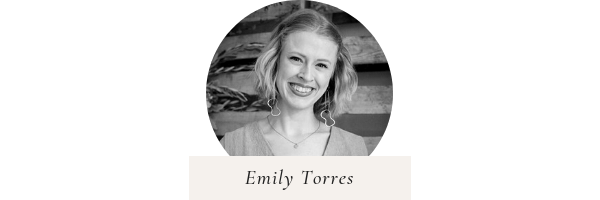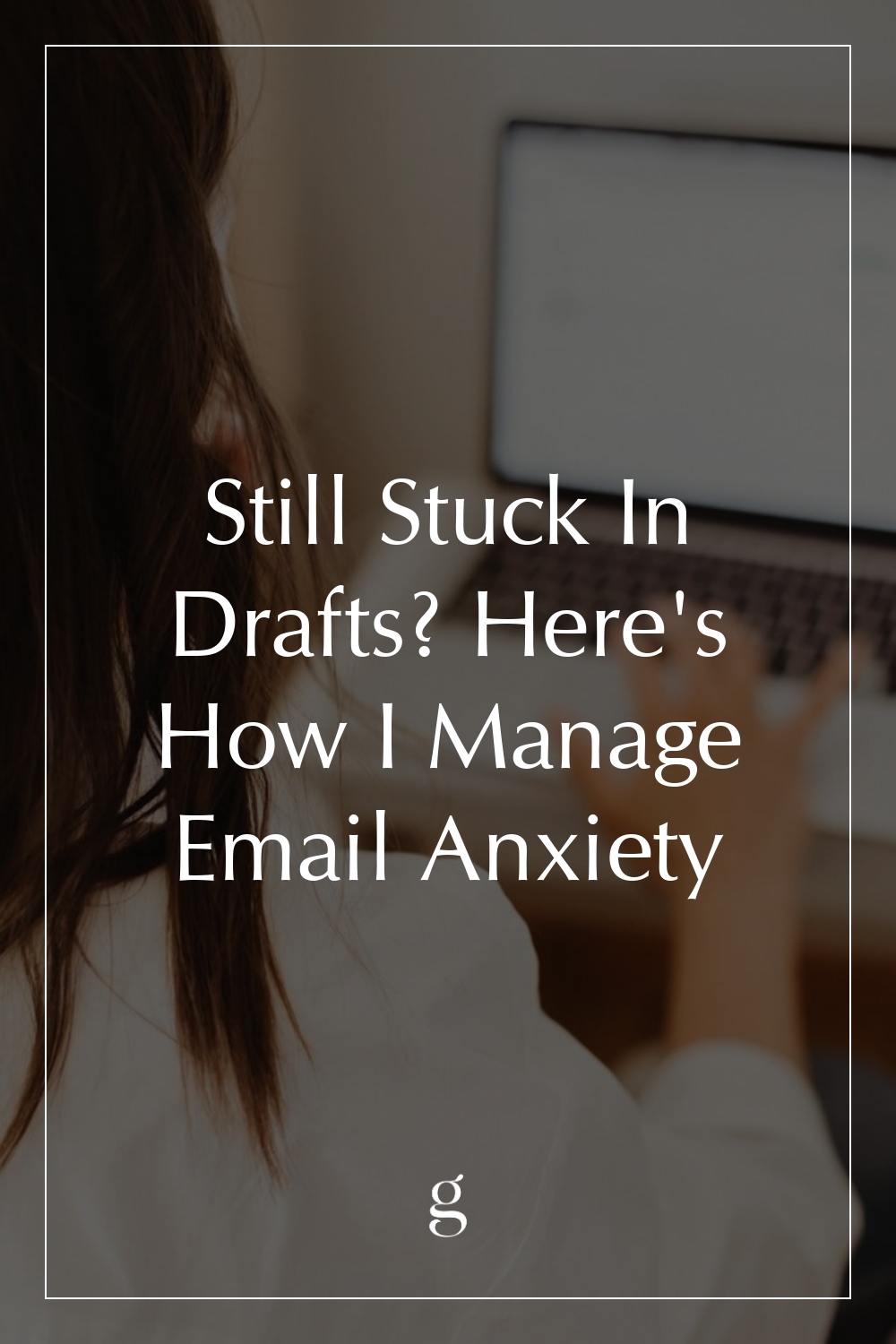
Still Stuck In Drafts? Here’s How I Manage Email Anxiety
Email Is Emotional.
How many emails are you sitting on right now? Are they waiting patiently and sweetly in your inbox for your next thoughtfully scheduled check-in? Or, are they calling your name—reminding you what you haven’t yet done today?
My emails tend to “call my name and remind me of my perceived inadequacies,” but online communication is also an essential part of my workflow. Moreover, it’s how I stay connected to some of the most vibrant people I’ve ever had the pleasure to work with. So, I’ve had to learn to manage my inbox much like how I manage my emotional self at work: carefully, and with a focus on boundaries.
“I find myself on a new precipice: how can I communicate effectively without draining myself of precious time and energy?”
There are many books and articles about managing time at work effectively, especially surrounding emails. Some argue we delete as many emails as possible, if not all of them. I disagree with the idea that email is pointless, shallow work, though; some businesses are built on collaboration and rely on email communication to move forward. Many workers are tasked with this “shallow work” that allows things to flow smoothly, serving as an invisible yet essential backbone.
These days, I find myself on a new precipice: how can I communicate effectively without draining myself of precious time and energy? And, how can I remove some of the emotions and stress surrounding my inbox? (Or, am I the only one who feels that emails carry emotional weight?)
Here’s how I’m physically and emotionally managing my email, for the sake of my work—and for the sake of my post-work self.
Operation Inbox Zero
My go-to strategy is inbox zero, but for the past several weeks, I haven’t been able to break through the threshold of those last 100 emails. (“Today is the day!” I say every day; but today might actually be the day.) And in the face of those last 100 emails, I’m seeing how much email takes a toll on more than just my time at work; it takes a toll on my energy.
I’ve written before about how I’ve reduced my exclamation points in my communication, which helped shed excess layers of presumption and emotion. I even found it translating into the real world through more direct communication—I felt less afraid of rejection and more confident asking for what I needed.
Here are three strategies that have helped me corral my inbox mustangs:
“Email is not a chatroom. Challenge instant-response expectations by only responding once you’re ready.”
Set boundaries like a champ.
Email is not a chatroom. If you’re in touch with me, you might know this already: I’m not a prompt responder unless something is urgent (hello, Eisenhower matrix). I also try to lead by example and craft concise yet thorough emails. If there’s an expectation (real or imagined) of instant response in your workplace, challenge it by only responding when you’re ready.
I also no longer apologize for a delayed response after discovering some gracious alternatives. I’ve cut down more than ever on additional “niceties” because there’s work to be done, and no one needs to read fluff.
Oh, and unless you operate on an urgent cycle, I highly recommend removing push notifications that show you each and every new email in real-time. It’ll change your life.
Establish new task management methods.
Who else is guilty of using their inbox as their to-do list? 🙋 While there are certain projects I may still operate out of my inbox, I’m moving towards more effective (and less stress-inducing) task management.
For example, each Monday, I pull my weekly priorities onto a sticky note on my desktop. Then, each morning, I review the project list and write in my planner my top tasks for the day. I also jot down tasks from my inbox—then I’ll file the email and let my list-loving self manage it from there. (This also helps me keep track of my projects for my work diary.)
I’ve also learned that if there’s an email I have to send, it’s more productive to write it out as a separate, specific task. Thoughtful emailing can be tiring for me, so giving each email its own space on my to-do list is a practice in self-respect.
Manage outbound emails thoughtfully.
Personally, outbound emails are more intimidating than an endless inbox. The potential for error, the potential for rejection: this is what I’m talking about when I say email is emotional. So, here’s where I take a few moments away from my desk to get some sunshine and fresh air, then I settle in with a cup of coffee and blast calming music in my headphones.
“Trust yourself enough to not re-read each email draft a million times before hitting send.”
Sometimes, I reassure myself by reviewing drafts carefully, ensuring each email is a masterpiece before I send it. But other times, I trust myself enough to not re-read each draft a million times before sending it. Sometimes, I hit send before my lizard brain says, “but what will happen if it’s not perfect?” and watch the message zoom off into the digital ether.
Managing Email-Induced Emotions
Of all the self-help articles I’ve read, so few have offered help for the very specific type of fatigue you incur when you have to wade through oceans of emails daily.
No one talks about the heaviness in your gut after sending a particularly bold email, or the panic when you think you’ve spelled a name wrong. Or, again, that fear of rejection. (A lot of this comes from my cold-emailing days where I tried to pitch things like cloud computing to tech bloggers—there’s a lot of no’s in that space.)
So, aside from my “surround myself with coziness” method of sending emails, I’ve also developed a few tactics to help ease my anxiety around email-heavy days.
Breathe deeply before opening your email app.
I’m not kidding when I say emails work me up, which is why I take a few deep breaths before opening my inbox each day. On nonstop days, I’ll do this between sends, too. It’s a helpful way to feel more present and get me out of my mile-a-minute head.
Get outside.
If you can, sneak out for a ten-minute walk. This usually gives me enough mental and physical space to come back feeling refreshed and confident to power through the rest of my inbox.
Consume a different form of media.
When in doubt, click out. If I start getting too much in my head around emails, I’ll pop into my newsletters folder and read some of the latest info on social impact companies or media news. I find a space that has little expectation, yet remains relevant to the work I’m doing. I fill my cup with words from industry leaders and maybe some lighthearted content before diving back into my inbox.
Delete, file, delete, repeat.
Delete ruthlessly. Unsubscribe ruthlessly. If it’s not adding value to your inbox (or “sparking joy” if that suits you better), ditch it. If you might come back for it later (you won’t), file it in a folder. If inbox infinity is more your style, go for it—just find what works for you. The goal is to not feel waves of stress or anxiety when you open your email each morning.
A self-care-focused inbox is one that doesn’t nag you, doesn’t keep you up at night, or detract from your most important work. It’s an inbox that empowers you, serves you, and moves you forward.
Cheers, fellow emailers. We’ve got this.
RELATED READING
Emily Torres is the Managing Editor at The Good Trade. Born and raised in Indiana, she studied Creative Writing and Business at Indiana University. You can usually find her in her colorful Los Angeles apartment journaling, caring for her rabbits, or gaming. Read more of her creative writing over on Notes To Self!


